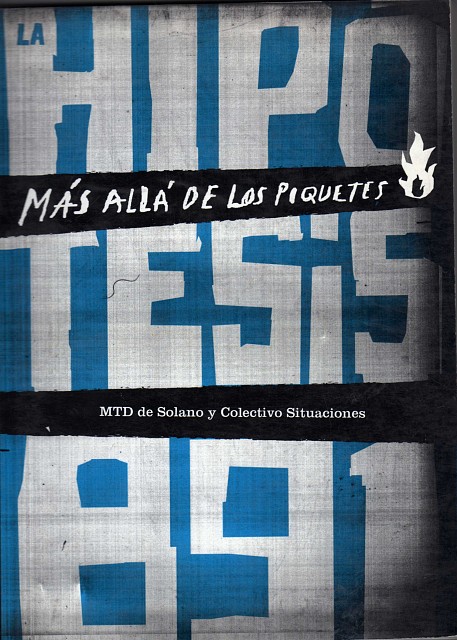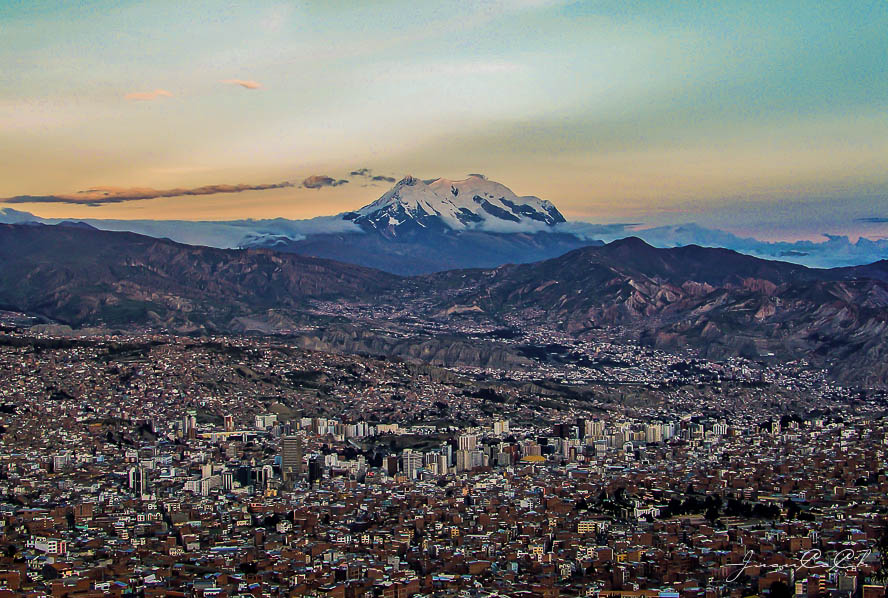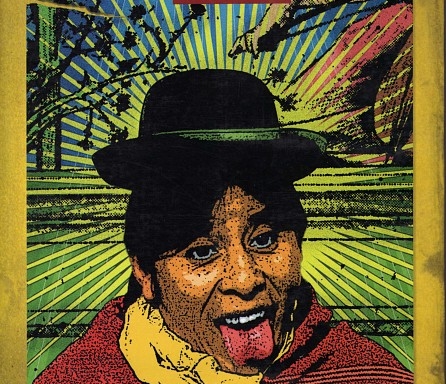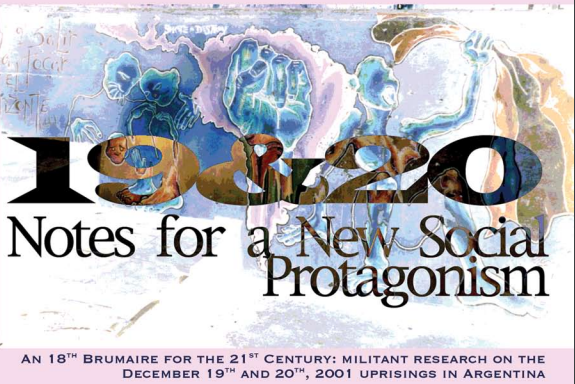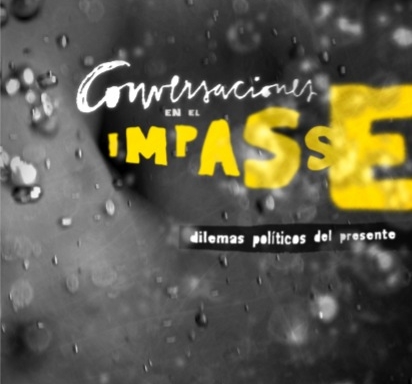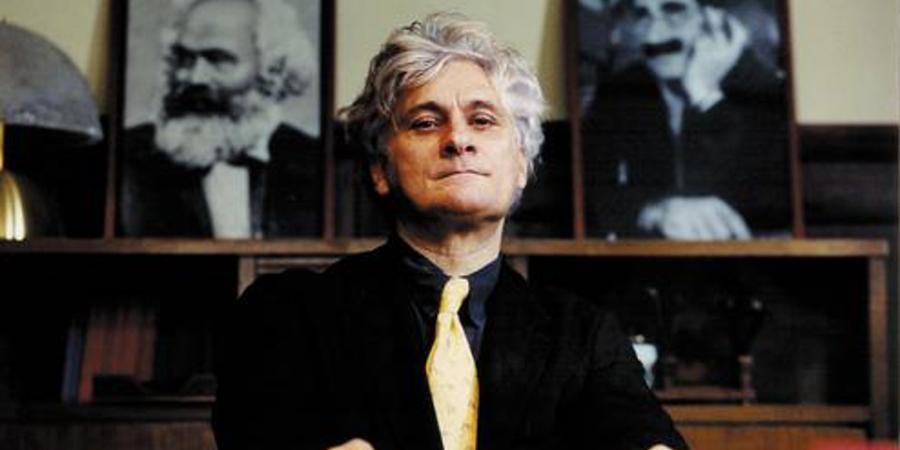
Senile Fascism and the Financial Algorithm. Uses of Bifo. // Interview with Franco “Bifo” Berardi by Diego Stzulwark
Translated by Liz Mason-Deese
With almost a dozen books published in Spanish, Bifo, far from being an unknown author in South America, has become an esteemed source of inspiration. For those who do not know him, this activist philosopher from Bologna, who is close to 70 years old, is a prolific author whose work has been published in Argentina with great interest by several publishing houses (Cruce, Tinta Limón, Cactus, Hethk, Caja Negra). Bifo is one of the paradigmatic figures of the young Italian autonomist movement (also known as operaismo): he was one of the protagonists of the Italian 1968 movement – which in Italy extended until 1977 –, he founded the historical magazine A/traverso and the mythical Radio Alice (the first Italian pirate radio station). Translated by small publishing houses and blogs – nodes of authentic networks of active practices in the sphere of pedagogy and activism, of theater and film –, read by hackers and psychoanalysts, communicators and philosophers of technology, his ideas continue to be used and put in connection with diverse situations. He lived in New York for a few years where he got to know cyberpunk up close, and was the creator of TV Orfeo, the first community television channel in Italy. He is currently a professor of Social History of Communication at the Fine Arts Academy of Brera, Milan.
In this conversation, we wanted to know more about the method of plasticity or the “cartographic” method – inherited from Félix Guattari –, and how this mode of work evolved, taking as reference points Bifo’s works published in Argentina: Generación post Alfa, Félix, De la Sublevación, El trabajo del Alma y Fenomenología del fin (published in English as: Precarious Rhapsody; Félix Guattari: Thought, Friendship and Visionary Cartography; The Uprising; The Soul at Work; and And: Phenomenology of the End). In his words, the “rhizomatic” method consists of creating a living, never totalizing, cartography of social composition. How can we read Bifo today, from our circumstances? What does his way of working teach us when it comes to taking up situated practices in the particular historical conjuncture in the region – the neoliberalism without crisis in Chile, the limits of so-called progressive politics in Uruguay, the handbook neoliberalism of Durán Barba, key to understanding the Argentine political situation, the emergent techno-fascism in Brazil –? How to link the updating of the cartographic method with the everyday incorporation of new generations of activists in different collectives, organizations, and movements that investigate and experiment beyond neoliberalism, racism, patriarchy, and fascism? How to avoid the harmfulness of simplifications related to desire – that “psychic flow that is activated and de-activated, and which is modified by the cultural, technical, social conditions in which the flows of the imaginary move” – which is key to the force of these movements?


